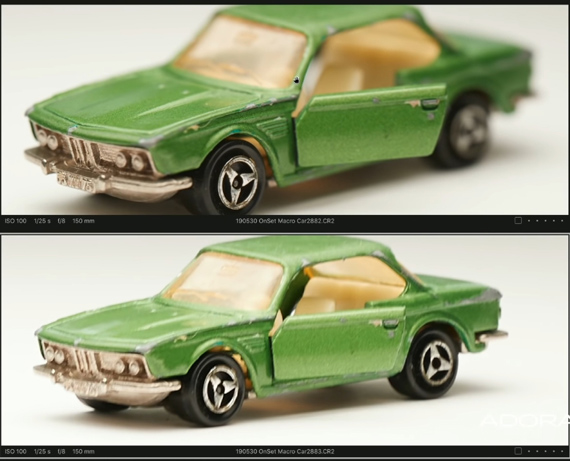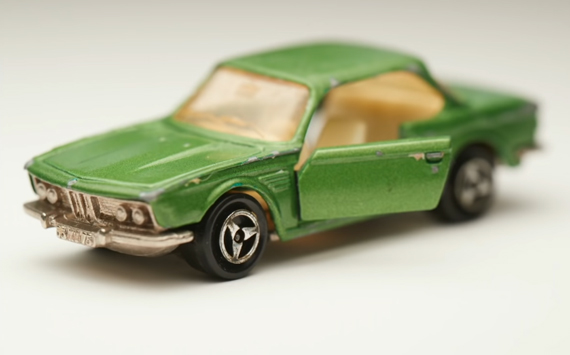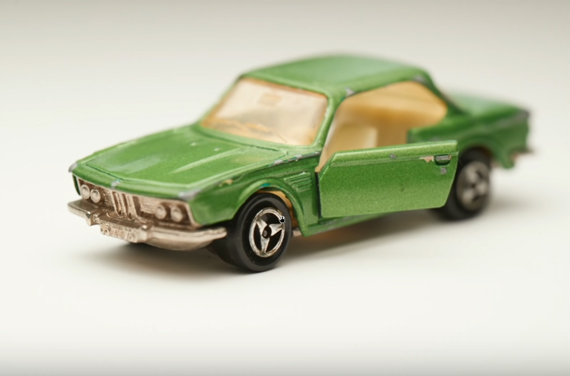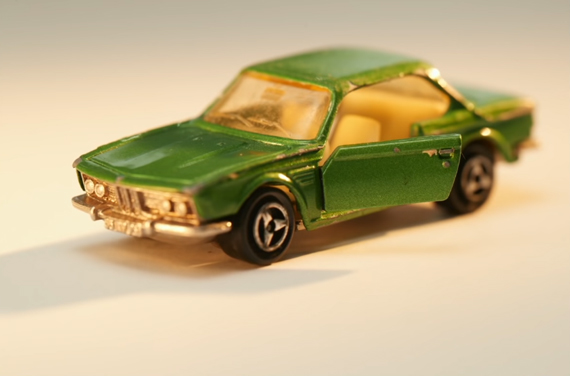When it comes to studio photography, a common topic of discussion is how the size of a light source determines how hard or soft the light is. And another point of interest is how depth of field is affected by the camera to subject distance. Photographer Daniel Norton from Adorama ponders on these two topics while explaining macro photography:

Size of Light Source in Macro Photography
The size of the light source determines whether the light is soft or hard. However, it’s all relative. This means that you need to consider the size of the light source relative to the size of the subject.
For instance, if you were to use a 1-foot softbox to photograph a person, it would produce hard light. This is because the person is much larger than the light source. But for macro photography, since your subjects are pretty small, the light source will be relatively gigantic. When it comes to macro photography, you can produce soft light by using a smaller light source and placing it close to the subject.
Controlling Depth of Field
A common problem faced when shooting macro photos is with depth of field. Macro lenses have the ability to focus on subjects that are pretty close. However, when they do so, the depth of field is razor-thin. To increase the depth of field, you could narrow the aperture down, but you’ll need more light. You’ll also need to compromise on the image quality, as the lens performs best at apertures around f/8.
This is where the relation between depth of field and camera-to-subject distance comes into play. A greater camera to subject distance translates to a greater depth of field, and a lesser camera to subject distance translates to a shallower depth of field. Therefore, if you need a greater depth of field without having to change the aperture, move the camera farther away from the subject. This will result in an image with more of the subject in focus.

The top image shot from up close has a shallower depth of field than the bottom image which was shot from a greater distance.
However, keep in mind that since you’re moving away, you will need to crop in a bit to get a decent sized image. Having a camera with a greater megapixel count will come in handy when you need to crop.
Playing Around with Lighting
As you might have noticed, the image with overhead lighting has come out pretty flat. You can play around with lighting to add a bit of interest to the image.
In this case, Norton first decreases the intensity of the 1-foot softbox by raising it. He then adds in one more light to illuminate the toy car with a warm tone from behind. The idea is to use this second light as the key light, while the 1-foot softbox will now act as a fill light.
By doing so, you can see that there are shadows created by the two light sources which add further depth to the image. And finally, to illuminate the hood of the car, Norton uses a small silver reflector.
If you want to add a creative punch to your macro photos, give these tips a try.
Like This Article?
Don't Miss The Next One!
Join over 100,000 photographers of all experience levels who receive our free photography tips and articles to stay current:








Leave a Reply